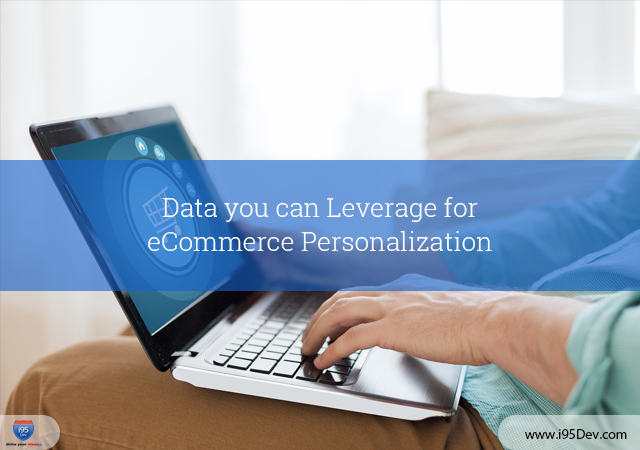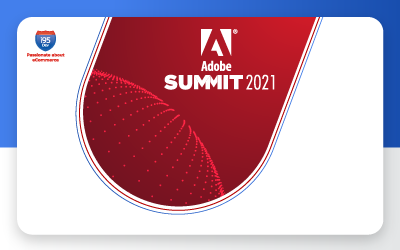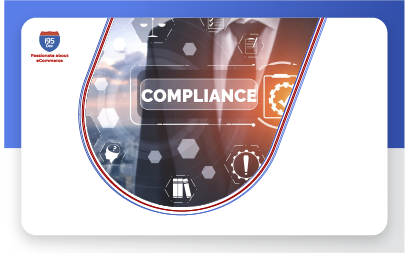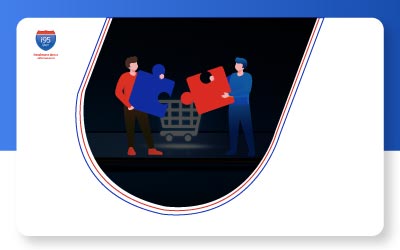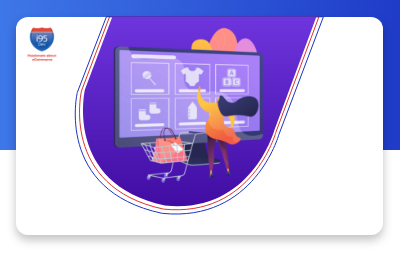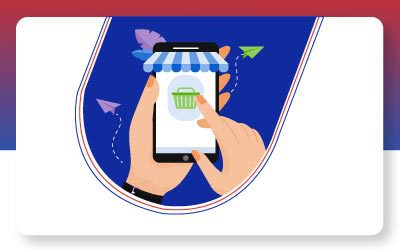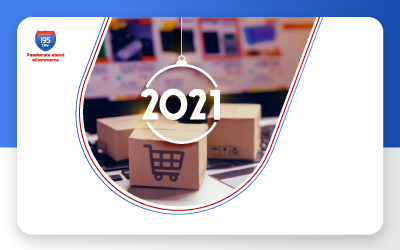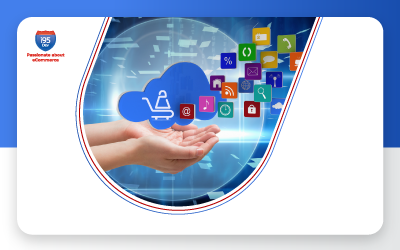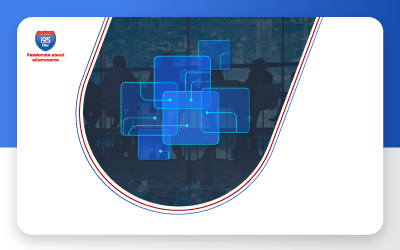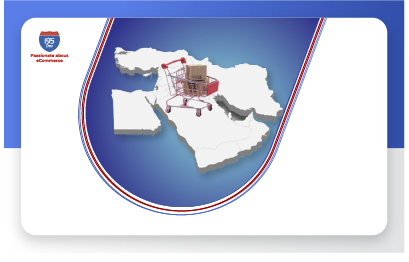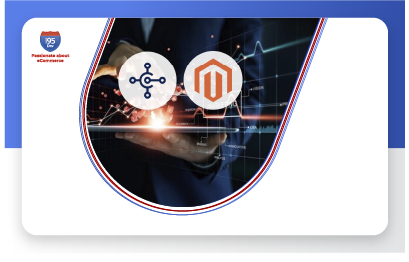In our last blog, we had looked at what eCommerce personalization is and why it is critical for businesses to be successful. In this blog, we will take the conversation further and look at data that you can leverage to help you personalize the shopping experience for your customers.
Did you know, according to BloomReach study Amazon is considered to be the go-to website for almost half of the first product search by consumers in 2015? Amazon.com is a perfect example of how eCommerce personalization can be made effective enough to have an impact on your sales. Customers swear by the impeccable experience they deliver each time they transact with them.
Such is the level of personalization which is in the offing .E-retailers, and more so marketers, are under pressure to deliver such elevated eCommerce experience for users given this kind of benchmark. Asking your customers to enter the same information multiple times or take him to a wrong landing page, you will soon lose them to competition. It is not utopian; all of it begins with a rock solid foundation, so as to build on to deliver superior user experience.
Remember this, eCommerce personalization centers around the user and how best you can capitalize on all the information you have captured (or predicted) about your user. It all begins by asking questions like
- Who are your visitors?
- What drives them to your web store?
- How do they arrive there?
- What are they looking for?
- How can you help them find that?
- And how do they interact with your brand across other channels (email, ads, support, etc.)?
And then capture data to help you answer those questions.
Demographic Attributes
There are plenty of tools available to help you capture the demographic information of visitors on your eCommerce store. It includes information like age, sex, education level, income level, marital status, occupation, religion. While some of this information can be very easily identified through web analytic tools, you will have to capture others through forms and infer others from information like purchase history, products browsed, etc.
User Context or Environment
User context or environment includes information like
- Location – Where is your eCommerce store accessed from – city, state, country, etc.
- Language – What is the default language used by your visitor.
- Technology (Device, Browser, OS) – Is the visitor accessing your web store on a mobile device, tablet or a desktop, what OS, Browser is he/she using.
- Time – What time of the day or year (say holiday season, etc.) are they more active on your eCommerce store?
- Channel – How did he/she arrive on your website (search engine, referral, social media, coupon or promotion, campaign, etc.)? If they have come to your site through a search engine then the search term that was used, etc.
User behavior
- New or Returning Visitor – Understand if every user coming to your eCommerce store is a new visitor or a returning visitor?
- Site Interaction – New or returning visitor it is also equally important to understand what is the landing page, how long do they stay on your site (and on each page), do they convert, from which page do they exit your site, etc.
- Last Visit (Recency) – For return visitors, when was the last time they visited your site; analyze if you can find a pattern in their return visits. This information coupled with your site interaction can be a goal mine – for e.g. if you have too many return visitors on a specific page then see if the page is too complex for users to understand, make changes (like adding chat tool, FAQ, etc.) to convert them into paying customer, etc.
- Purchase History – The most often used data for eCommerce personalization that, when used effectively, can help you increase sales by identifying cross-selling and up-selling opportunities to your customers.
- Abandoned Carts – According to a study nearly 70% of shopping carts are abandoned and retargeting this huge customer base is crucial for the success of the business. The abandoned cart information can also be used to personalize not only the shopping experience on your store but also on other channels like email with personalized promotions and more.
- Interactions on other channels – Today is the era of omni-channel and visitors interact with brands over multiple channels like the web, mobile, marketplaces, email, social media, customer service agents, etc. If the information from all these channels can be consolidated then more meaningful insights can be mined from the data.
The idea behind collecting information for some or all the data points mentioned above, and the premise on which eCommerce personalization works, is to help businesses build customer personas. A customer persona is an understanding of who the customer is and how he/she behaves/ interacts with your brand. This understanding then helps businesses predict and personalize the shopping experience more effectively. In short, it helps you
- Segment your users clearly based on the nature of your business
- Work on personalization which leads your ability to nurture leads
- Prepare call to actions or triggers at vantage points in your website and other channels
- Work on customer retention and loyalty factors; it is that which will get back to you eventually and help you sustain.
A fulfilling customer experience with optimal personalization is that which can drive greater sales and brand loyalty; beyond a strand of a doubt. The complete know-how of this shall be dealt with in the blog that follows.



